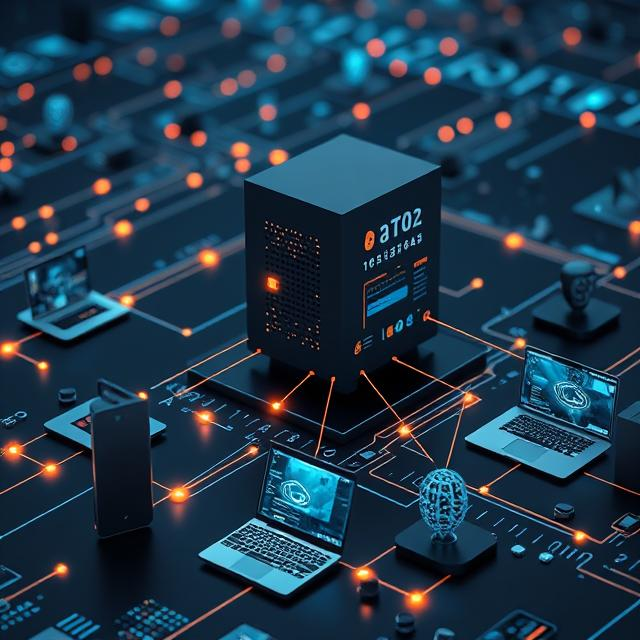Federated learning has an impact on how AI models train while keeping user data private. This approach lets devices like phones or IoT gadgets learn from data on the device, which stops sensitive info from leaving your hardware. Let’s explore what federated learning is how it differs from usual methods, and its effect on various sectors.
How Is Federated Learning Different?
1. Data Stays Put
Normal machine learning often sends data to a central server to train the model. But federated learning trains the model right on your device. This means your data stays on your phone or gadget, which keeps your personal info safe.
2. Safe and Private
A major advantage of federated learning is its boost to privacy. Raw data never leaves the device, which cuts down on privacy risks and data leaks. Rather than sending personal info to a central system the model’s updates and insights get shared. These are anonymous and don’t contain sensitive details.
3. Teamwork Without Data Sharing
Federated learning lets devices team up to improve a shared model without swapping their individual data. This means devices can work together to create a better model while keeping each device’s data private. It’s a group effort that aims for overall improvement without putting security at risk.
How Federated Learning Works
1. Training on Your Device
Every gadget taking part in federated learning trains a section of the model using its own local data. Your phone might use your texting data to enhance its predictive typing feature all while keeping your information on your device. There’s no need to send it to a server.
2. Sharing Model Updates
Instead of sharing the actual data, devices send the changes they’ve made to the model during training. These updates are small mathematical tweaks that boost the model’s performance.
3. Global Model Improvement
A central server gathers updates from all devices. It merges data from different devices to build a more precise global model. This shared model improves on what each device had learned on its own before.
4. Devices Receive Updated Model
The enhanced global model goes back to each device. This process helps the model get smarter as time passes leading to better performance and more accurate predictions. Throughout this entire process, data stays private and secure.
How Do People Use Federated Learning?
1. Healthcare
In healthcare federated learning helps hospitals and medical research centers create smarter AI systems while protecting patient privacy. This approach allows different hospitals to work together on training medical AI models without sharing sensitive patient data. This can lead to better diagnoses more accurate predictions, and improved ways to treat patients.
2. Banking
Banks use federated learning to spot fraud across multiple branches without exposing sensitive customer information. By learning from transaction patterns in different locations, the system gets better at identifying unusual or suspicious activity while keeping financial data safe.
3. Smartphones and IoT Devices
From predictive text on phones to smarter digital helpers federated learning has an impact on these features making them more effective. As your device learns from how you use it, it gets better at what it does—whether it’s guessing the next word you’ll type or changing how it talks to you—while keeping your personal info safe.
